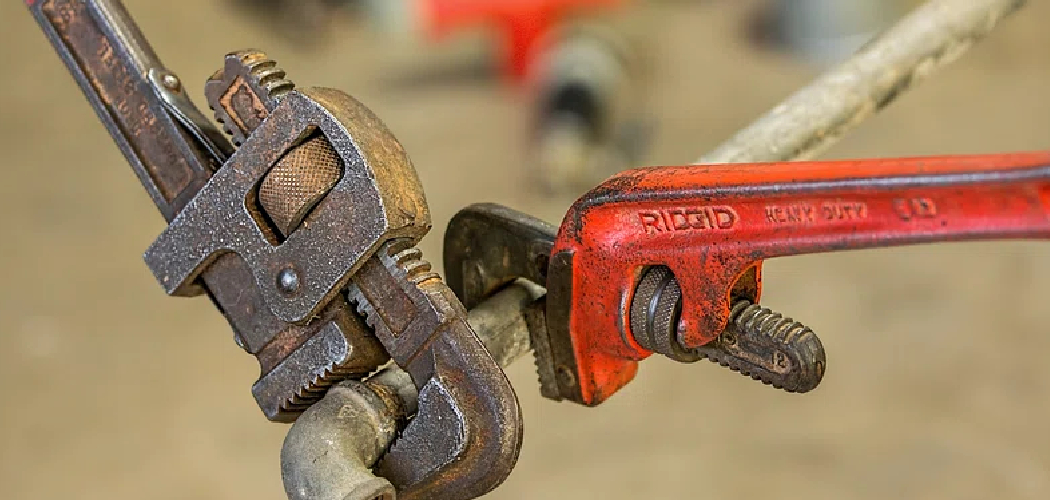The dishwasher water line is a crucial component of your appliance, supplying the necessary water needed for effectively cleaning your dishes. Without a functioning water line, your dishwasher cannot operate, leading to inconvenience and potential hygiene issues.
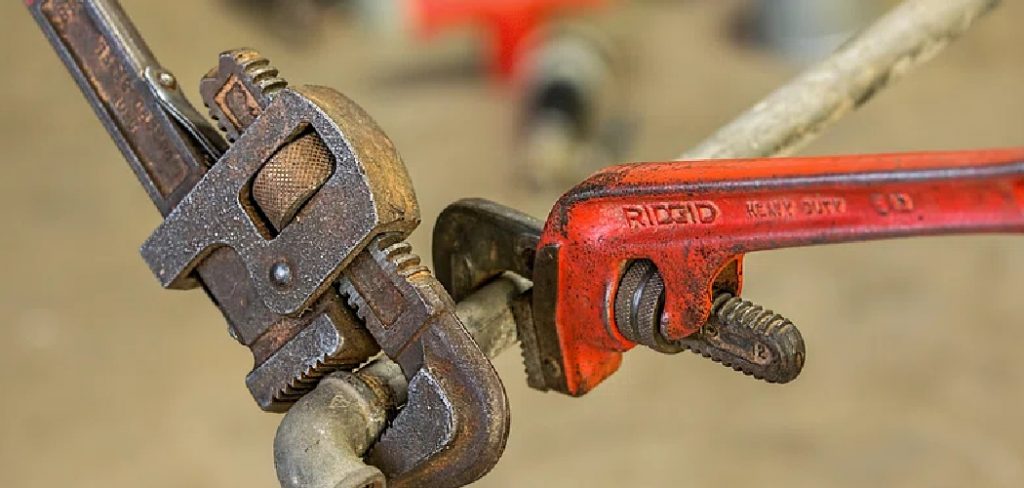
Addressing a leak in this line is essential, as ignoring it can damage your cabinetry, cause mold growth in damp areas, and cause higher utility bills due to wasted water. Understanding how to fix a leaking dishwasher water line can save you time and money while preventing further complications.
This process generally involves identifying the source of the leak, gathering the necessary tools, and completing the repair effectively. By following these steps, you can ensure your dishwasher operates efficiently and maintains its longevity.
Tools and Materials Needed
Tools
You’ll need a few essential tools to effectively fix a leaking dishwasher water line. Gather an adjustable wrench, pliers, a bucket to catch excess water, a towel for cleanup, a utility knife for cutting materials, and pipe sealant or tape for securing connections.
Materials
In addition to tools, ensure you have the necessary materials on hand. This may include replacement hoses or fittings, pipe clamps for secure attachment, and a new dishwasher water line if the current one is damaged beyond repair. Having these items ready will streamline the repair process.
Identifying the Source of the Leak
The first step in effectively fixing a leaking dishwasher water line is to identify the source of the leak. This process involves a thorough inspection of the water line and its connections.
Check for Visible Leaks
Begin by visually inspecting the water line and connections under the dishwasher and at the shut-off valve. Look for any signs of leaking water, such as puddles or moisture accumulation, which can indicate where the leak is originating.
Test for Drips
After running the dishwasher, dry the area around the water line with a towel. This will allow you to observe if any water drips or collects, confirm whether the leak is ongoing, and identify its strength.
Check Hose Connections
Next, examine the hose connections for any looseness or damage. Check if the fittings are cracked or otherwise compromised, as these issues can lead to leaks. Tightening loose connections and replacing damaged fittings can prevent water from escaping.
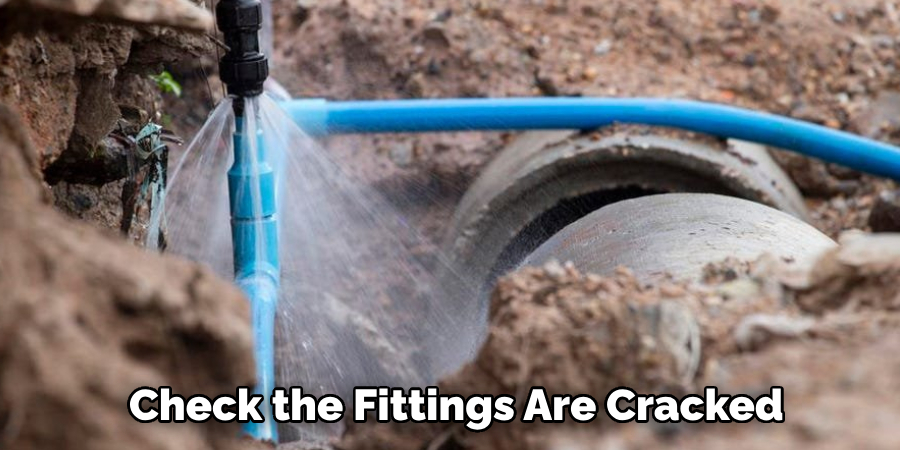
Safety Precautions Before Starting
Before you begin repairs on your leaking dishwasher water line, it’s essential to take certain safety precautions to protect yourself and your home.
Turn Off the Water Supply
Turn off the dishwasher’s water supply at the shut-off valve to avoid further leakage and potential flooding. This step is crucial in preventing additional water flow while you work on the repair, thus minimizing the risk of water damage to your kitchen.
Disconnect Power Supply
Preventing electrical hazards is equally important. Disconnect the dishwasher from the power source by unplugging it or turning off the circuit breaker. This ensures that there is no electric shock risk while handling the water line and makes your working environment safer.
Prepare for Water Spillage
Even with the water supply turned off, residual water may still be present in the lines. To manage this, place towels and a bucket under the water line. This will catch any water leaking during the repair process, keeping your work area clean and minimizing mess.
How to Fix a Leaking Dishwasher Water Line: Step-by-Step Guide
Step 1: Locate the Leak
To effectively address a leak in the dishwasher water line, you first need to pinpoint the exact source of the problem. Begin by checking the water line and connections underneath the dishwasher. Look for any signs of water pooling or dampness indicating a leak.
Pay close attention to the connections at the shut-off valve and where the hose attaches to the dishwasher. You may need to feel for moisture on the hoses and fittings. If you notice any water, this will help you narrow down the specific area that requires repair.
Step 2: Tighten or Replace Connections
Once you’ve located the leak, the next step is to address any loose fittings. Use an adjustable wrench to carefully tighten any loose connections or hose fittings. It’s crucial to avoid overtightening, as this could damage the fittings or hoses.
If tightening the connections doesn’t resolve the leak, it’s time to replace any damaged components. Check for worn-out washers, gaskets, or fittings, and swap them with new, compatible parts to ensure a solid seal. This simple action can often eliminate leaks and restore proper function.
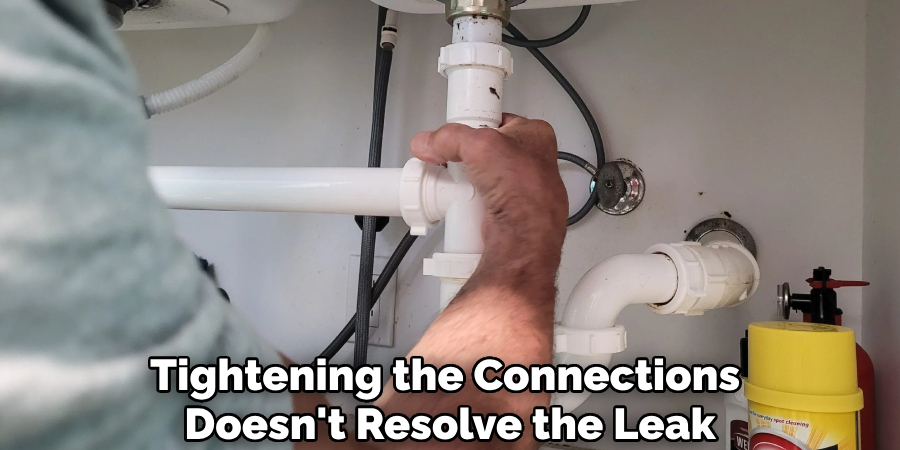
Step 3: Inspect and Replace the Water Line
Next, examine the water line hose for any visible damage signs, such as cracks, splits, or excessive wear. If you find any imperfections, the hose needs to be replaced. To do this, start by disconnecting the old hose from both the dishwasher and the water supply.
Remove any additional fittings and ensure you’ve got the right replacement hose; it should be the correct length and type for your specific dishwasher model. After installing the new hose, use pipe sealant or Teflon tape on any threaded connections to create a watertight seal that helps prevent future leaks.
Step 4: Reconnect and Test the System
After making the necessary repairs, it’s time to reconnect the water line. Ensure all fittings are securely tightened, but again, be cautious not to over tighten. Once everything is reattached, turn the water supply back on and observe for leaks.
Run the dishwasher through a complete cycle to verify the repairs’ success. Keep an eye on all connections during and after the test to ensure there are no remaining leaks. If everything looks good and the dishwasher operates normally, you can feel confident that the issue has been resolved.
Preventive Measures to Avoid Future Leaks
Implementing preventive measures can be crucial in avoiding future leaks and ensuring the longevity and effectiveness of your dishwasher water line.
Regular Inspections
Regularly inspect the water line and its connections to catch any signs of wear or potential leaks early. Look for indications such as moisture accumulation or frayed hoses during these inspections, as addressing these issues promptly can prevent more extensive damage.
Replace Old Hoses
If you notice old or worn-out hoses during your inspections, consider replacing them with new ones. Upgrading these components reduces the risk of leaks and helps ensure that your dishwasher operates efficiently and effectively.
Maintain Proper Water Pressure
Monitoring the water pressure is essential. Ensure that it stays within the recommended range for your dishwasher, as excessive pressure can cause leaks or damage the appliance. Adjusting pressure levels as needed can help prolong the life of your water line and prevent future issues.
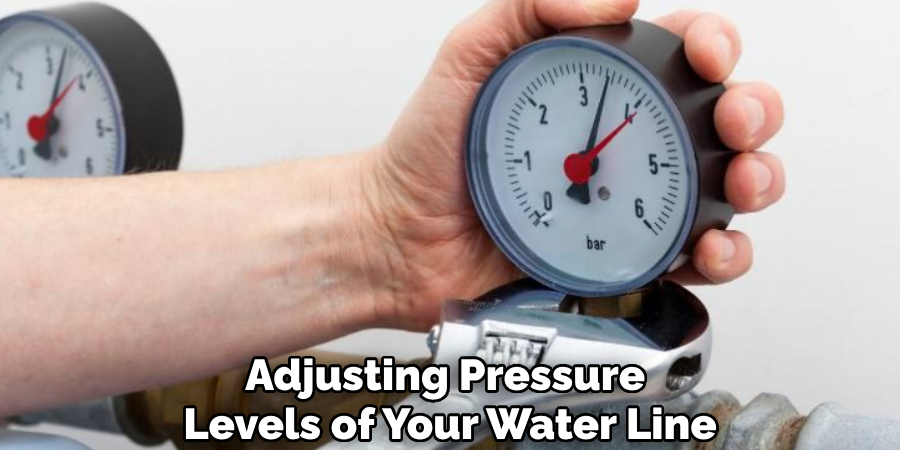
When to Call a Professional
Persistent Leaks
If you find that leaks persist despite your efforts to repair them or if the source of the leak remains unclear, it may be time to seek the assistance of a professional plumber. Their expertise can help accurately diagnose and address the issue more effectively than a DIY approach.
Complex Issues
The leak may sometimes stem from complicated problems, such as issues within the dishwasher’s internal components or the broader plumbing system. These situations often require expert diagnosis, as they involve intricate systems that may not be easily accessible or understandable without the appropriate training.
Prevent Further Damage
It’s crucial to consider professional intervention to prevent additional water damage to your home. Neglecting persistent leaks can lead to more costly repairs in the long run, especially if the underlying issue is not addressed correctly. Engaging a professional can save you time, hassle, and money by ensuring the job is done right the first time.
Frequently Asked Questions (FAQs)
1. How Often Should I Inspect My Dishwasher Water Line?
It’s recommended to thoroughly inspect your dishwasher water line every six months. Regular checks will help you spot potential wear and tear early, reducing the risk of leaks and other issues.
2. What Are the Signs of A Leaking Dishwasher Water Line?
Common signs include water pooling around the dishwasher’s base, dampness on floors or nearby cabinets, or a higher-than-normal water bill. If you notice any of these issues, it’s essential to investigate further.
3. Can I Use Any Hose to Replace My Dishwasher’s Water Line?
No, it’s important to use a hose that is specifically designed for dishwasher use and compatible with your model. Using the wrong type or size could lead to improper function or leaks.
4. Is It Safe to DIY Dishwasher Water Line Repairs?
While homeowners can safely undertake some repairs, certain issues, particularly those involving complex plumbing or persistent leaks, should be handled by a professional to ensure safety and proper handling.
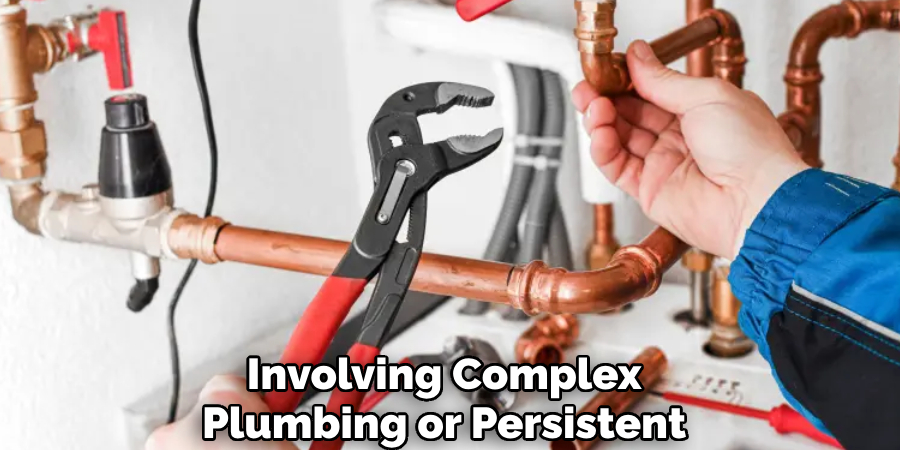
Conclusion
In summary, understanding how to fix a leaking dishwasher water line involves several key steps. First, locate the source of the leak, inspecting connections and hoses for signs of dampness. Next, address loose fittings by tightening them carefully and replacing any damaged components, such as washers or hoses.
Once repairs are made, reconnect the water line and test the system to ensure no further leaks. Regular maintenance and inspections are crucial to maintaining your dishwasher’s efficiency and preventing future issues. By keeping an eye out for wear and monitoring water pressure, you can safeguard against leaks.
If leaks persist or issues appear complex, don’t hesitate to seek professional help. Promptly addressing leaks keeps your dishwasher running optimally and can prevent costly water damage in your home. Remember, a little attention goes a long way in maintaining a well-functioning kitchen appliance.

